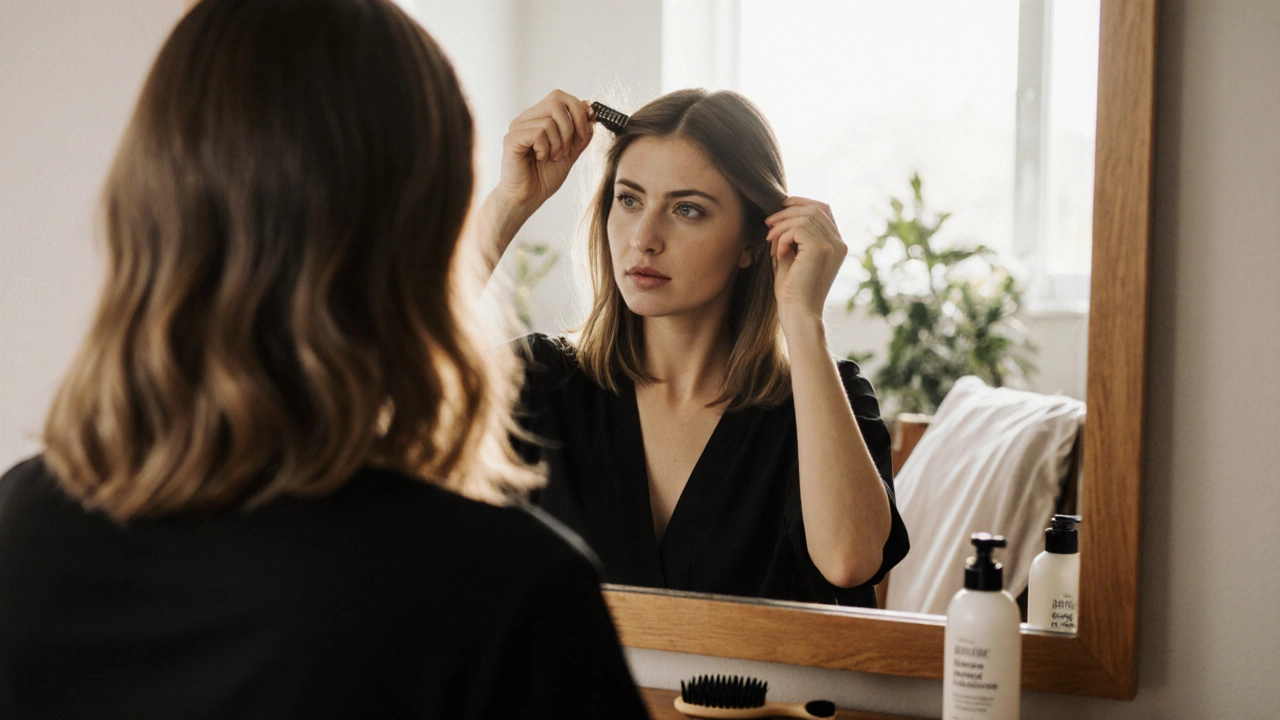Clip-in Extensions: What They Are, How They Work, and What You Need to Know
When you want longer, fuller hair without the commitment, clip-in extensions, temporary hair pieces that attach with clips for instant length and volume. Also known as clip-in hair extensions, they’re one of the most popular ways to change your look in minutes—no glue, no heat, no salon visit needed. Unlike permanent extensions that require bonding or sewing, clip-ins are designed to be put in and taken out daily, making them perfect for special occasions, travel, or just when you feel like a change.
They work by blending with your natural hair using small, discreet clips that grip securely without pulling. Most sets come with multiple pieces—front sections, side pieces, and back layers—so you can build volume where you need it most. People use them for everything from adding thickness to thinning hair, hiding bad haircuts, or trying out a bold new color without dyeing their own strands. You don’t need to be a pro to use them; even beginners get great results after one try. The key is matching the color and texture to your own hair. If your hair is wavy, pick wavy extensions. If it’s straight, go straight. Mismatched texture is the #1 reason clip-ins look fake.
They’re also a smart alternative if you’re not ready for permanent changes. Unlike keratin bonds or tape-ins that can damage your hair over time, clip-ins sit on top of your natural hair and cause zero stress to your scalp or strands. That’s why they’re so popular among people with fine hair, sensitive scalps, or anyone who just wants flexibility. You can wear them for a night out, then take them out before bed. No maintenance. No salon appointments. Just pop them in, style as usual, and go.
Some people worry about them slipping out or looking obvious. That usually happens when they’re too heavy, poorly placed, or the clips are low quality. High-quality clip-ins use silicone-lined clips that grip without tugging, and they’re made from real human hair or premium synthetic fibers that move naturally. Avoid cheap sets that feel stiff or shiny—they’ll give you away in daylight. Look for ones labeled "100% human hair" if you plan to heat-style them, or "heat-friendly synthetic" if you’re on a budget.
They’re not just for long hair either. Even if your hair is shoulder-length, clip-ins can add volume at the crown or create the illusion of layers. Celebrities, brides, and everyday women use them to transform their look fast. And with so many shades available—from platinum blonde to rich mahogany—you can match almost any hair color.
What you’ll find in the posts below are real stories, tips, and comparisons about how clip-in extensions actually work in practice. You’ll see what people love, what trips them up, and how to pick the right set without wasting money. Whether you’re new to extensions or just tired of the same old look, these posts give you the no-fluff truth you need to get it right.

What Is the Least Damaging Hair Extension Type? Top Safe Options for Healthy Hair
Discover the least damaging hair extension types that protect your natural hair. Learn why clip-ins and tape-ins are safest, what to avoid, and how to care for extensions without breakage.
© 2025. All rights reserved.